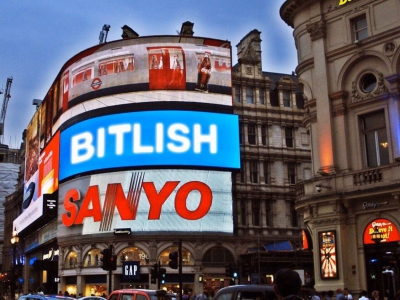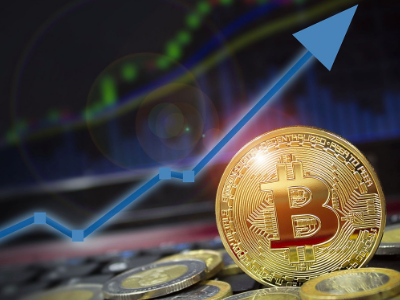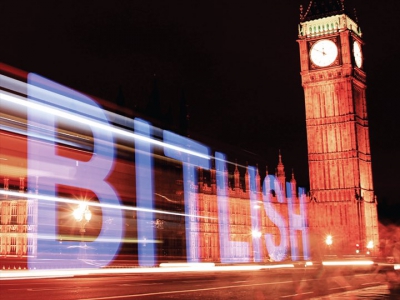One of the most attractive possibilities offered by the blockchain is the creation of smart contracts.
Many organisations including state agencies, commercial groups and philanthropic societies see them as a possibility to enhance the efficiency of their work and reduce operative costs. The Ethereum ecosystem has so far remained the most popular platform to write smart contracts. At the end of the 1st quarter of 2018, the number of new Ethereum-based smart contracts exceeded 536,000.
However, writing smart contracts requires knowledge of programming languages which are not so popular and widespread. Researchers from the London University College, having conducted a massive study, discovered that of one million smart contracts deployed in the Ethereum network, 34,200 contained vulnerabilities. The detail analysis of 3,759 smart contracts revealed that 89% of cases led to the most undesirable consequences such as theft of funds.
The #MetaHash open source decentralised platform aims to create an ecosystem enabling the developers to write applications and smart contracts almost in any programming language – Java, Python, Go, Rust, C++ etc. Any developer will be able to create a decentralised application, writing it in a programming language that he knows and that had been tested by the time. Such #MetaApp applications will have a high-quality interface, no different from ordinary services and websites.
#MetaHash is a decentralised network for the exchange of digital assets and a platform enabling the creation of DApps with practically unlimited scalability. The open source format allows to create such platform as needed by the users. The architecture of the platform presupposes the creation of such decentralised applications that would be independent from their creators after the launch; they would be managed by the open vote of the users or owners of the internal utility token of the platform, #MetaHashCoin (#MHC). #MHC tokens can be acquired in the framework of the current ICO Round A, offering 920 million tokens for sale. The total emission of tokens is limited to 9.2 billion. To exclude any risk of token gambling, the project founders would be unable to sell their coins before 1 January 2020.
The #MetaHash blockchain enables over 5 billion transactions daily with the speed exceeding 50,000 TPS, most of these transactions being free of charge. The planned speed of transaction confirmation is between 1 and 3 seconds. Such speed was made possible by the use of the #TraceChain protocol, relying on mathematical algorithms managed by the artificial intellect #TraceChain AI.
The #MetaHash network is based on the PoS multi consensus (MultiPoS), transactions being confirmed not by energy-consuming mining farms but by wallets and nodes of the network. Such a scheme of work is known as forging. Special attention is given to the support for the network decentralisation: even if a platform user or a group of platform users acquire control of 67% of all tokens, the wallets confirming transactions would not allow the malefactors to disrupt the functioning of the network with the help of a 51% attack, such as ones that were recently carried out against many cryptocurrency networks.
The #MetaHash platform does not require participants to stop using other blockchains; it enables crosschain operations and direct transfers from #TraceChain to other blockchains. Digital assets (tokens) of other networks can be used in the #MetaHash network, including Bitcoin, Ethereum and all the ERC20 (the most common standard) tokens. The mechanism is following: an asset is created in the #MetaHash network which is equivalent, for instance, to 1 BTC, while the source asset is frozen in its own blockchain. This is how a tokenised asset worth 1 BTC emerges in the #MetaHash network.
The companies are often reluctant to implement decentralised solutions based on public blockchains, fearing to lose data in the case of attack. The #MetaHash platform allows an urgent restoration of the network even in the case of attack, by common vote that would revert the blockhain to the state when it was ‘anchored’: it can be likened to the possibility of video gamers to save game and then resume it from the moment when it was saved.
The platform would also be useful to the projects that would wish to attract financing by ICO and crowdsale methods, tokenising their products. The toolbox of the #MetaICO applications makes it possible to create smart contracts and issue ICO tokens even to the users that do not have ample programming skills.
The development of the #MetaHash project is carried out by a team that includes IT experts, investment and advertisement specialists with decades of experience in these fields: Gleb Nikitin (founder of AdSniper), Anton Agranovsky (founder of Agranovsky IT, an investment company specialised in IT startups) and others.
The #MetaHash project already has some created and tested elements of the platform: a system of machine learning, a network library of signal synchronization inside the cluster, managing huge data flows between the machines of the cluster, a solution for decentralised processing of big data. The beta version of the #TraceChain protocol was already presented in August 2017. In the 1st half of 2018, the #MetaHash team conducted load testing and launched TestNet to assess the productivity of the network core. The tests demonstrated that the platform is capable of handling 60,000-80,000 transactions per second. By the middle of 2018, MainNet was launched together with the principal elements of the platform (#MetaGate, #MetaApp etc.). By the beginning of 2019, the network will be launched in a full-scale decentralised regime.
Unlike many other crypto projects, #MetaHash is a legal entity, registered in the Swiss canton of Zug, well-known for its friendly policies towards the cryptocurrency startups. The #MetaHash project uses legal counselling services of KMPG, one of the leaders of the market of consulting. In early July 2018, #MetaHash was officially evaluated by FINMA (Swiss Financial Market Supervisory Authority) and #MHC was officially recognised as a utility token with payment functions. It will be recalled that in February 2018 FINMA published ICO guidelines.











